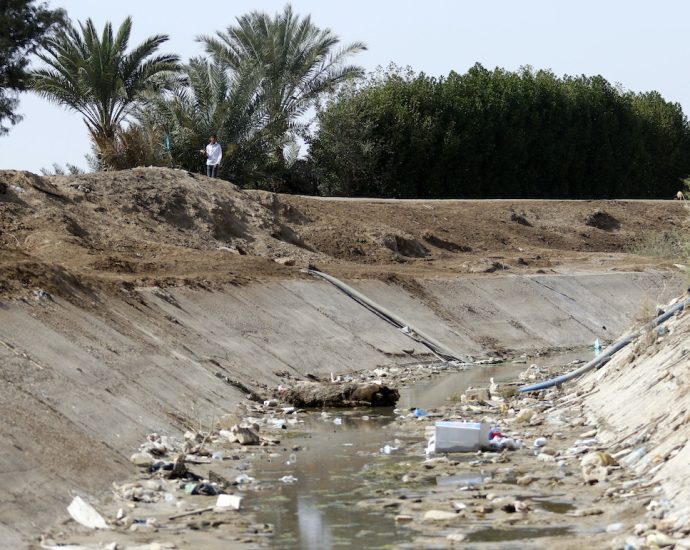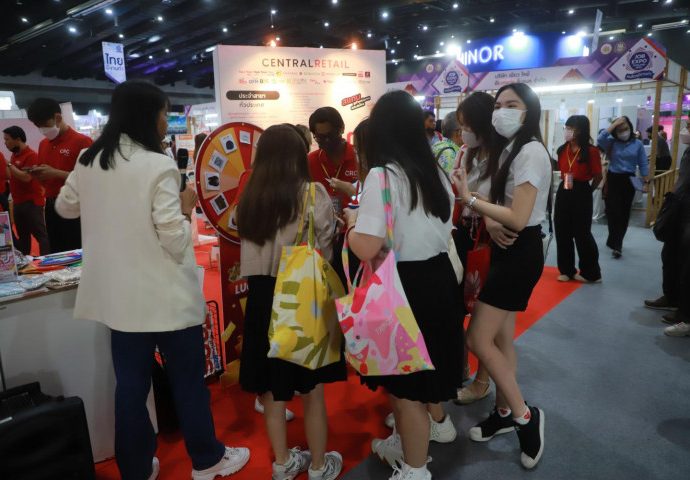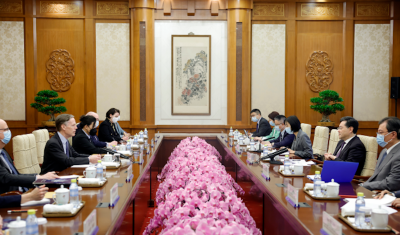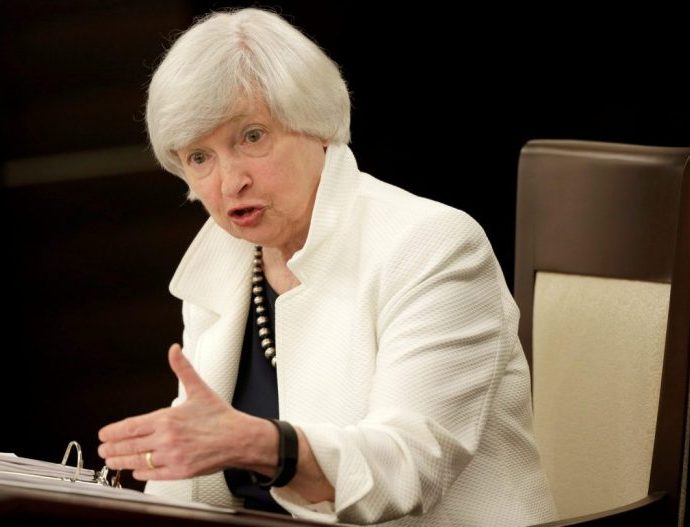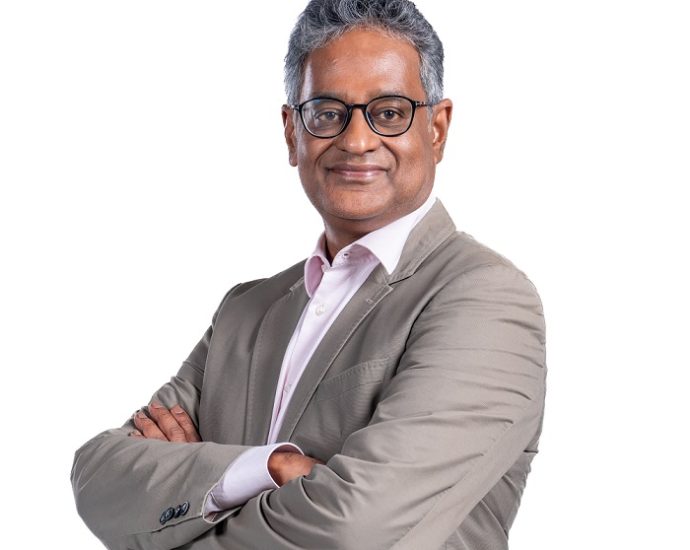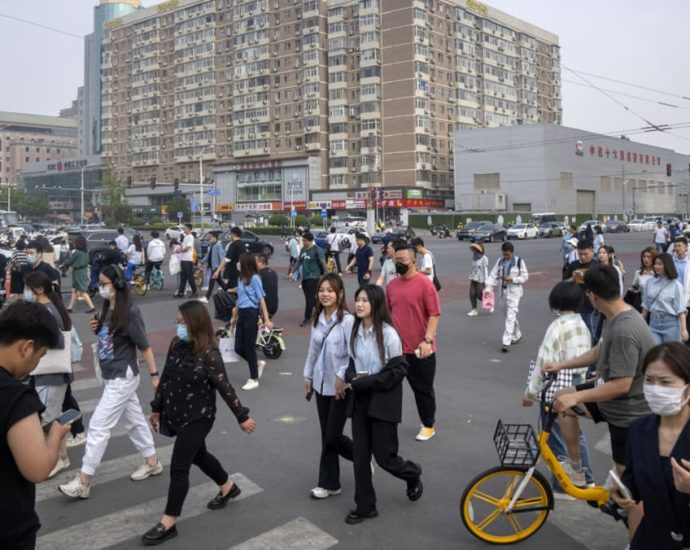Commentary: Can Singapore presidential hopefuls be overqualified?

NOT A JOB ANYONE CAN DO
It should not be surprising that the elected presidency was conceived, and is best understood, as an institution with eligibility restricted to a select group.
In response to a parliamentary question in May, Minister-in-charge of the Public Service Chan Chun Sing stated that there were 50 public service positions that fulfil the public sector service requirement to run in the next presidential election. These include the positions of minister, chief justice, Speaker of Parliament, attorney-general, chairman of the Public Service Commission, auditor-general, accountant-general or permanent secretary.
For potential presidential candidates looking to qualify under the private sector service requirements, there were more than 1,200 companies with average shareholders’ equity at or exceeding S$500 million (US$372 million).
This, of course, does not tell us how many of these eligible individuals will have the gumption to run in a bid for the highest office in Singapore.
It does not help that in a well-governed country, many may not find compelling reasons to step forward and serve. Moreover, the president and his or her family are not exempted from public glare and scrutiny and so sacrificing that comfortable privacy may be a deterrent to seeking elected office.
Singapore’s current and past elected presidents had entered office with impressive credentials and brought their personalities to bear on the office. In that regard, the office of Singapore’s head of state has moulded into a symbol of national unity and a crucial governance guardrail.
Having a capable and wise person to represent our country internationally and to safeguard the vast national reserves is not a job anyone can do. Instead of being a promoter and protector of good governance, the presidency can expedite the road to ruin.
In my view, there can never be an overqualified president.
Eugene K B Tan is associate professor of law at the Singapore Management University and a former Nominated Member of Parliament.


